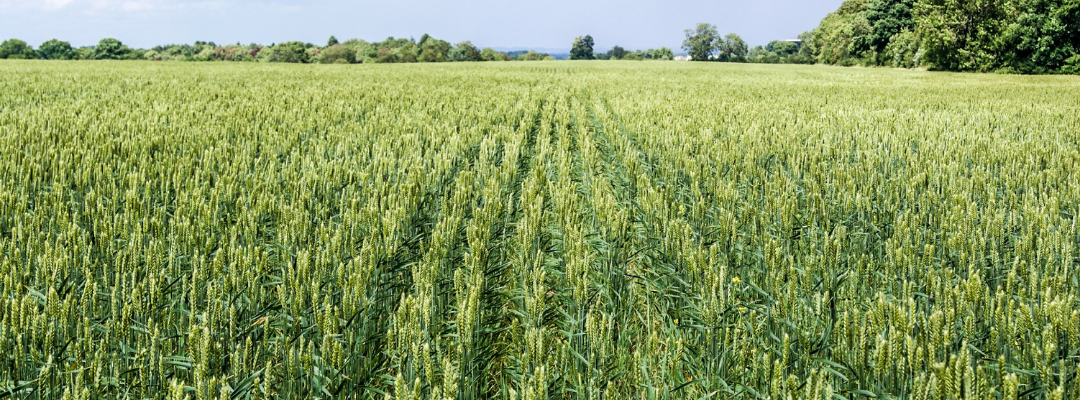In March of this year, inflationary pressures alarmed the U.S. economy as the consumer price index increased by 8.5 percent, the highest increment in the last 41 years. The Federal Open Market Committee (FOMC) promptly adjusted the federal funds rate (FFR), its main policy tool for regulating inflation. Among other effects, a higher FFR triggers increases in short- and medium-term lending rates (with indirect influence on long-term rates). Rising interest rates consequently serve as disincentives for borrowing. When loan volumes decrease, the money supply circulating in the economy is controlled, thus eventually lowering inflation.
How do these FOMC decisions affect farm lending? Based on available farm lending rates from the 10thFederal Reserve District, average variable farm interest rates for the 1st quarter of 2022 for short- and long-term loans were 4.93 and 4.56 percent, respectively. These levels are expected to go up with further FFR hikes projected this year. However, current interest rates are still below the most recent highs (6.50 and 5.89 percent, respectively) registered when FFR was at its post-recession peak (2018) of 2.5 percent (Figure 1). Shortly before the onset of the Late 2000s Great Recession (in the last two quarters of 2016), short- and long-term farm interest rates were even higher, reaching 9.15 and 8.36 percent, respectively.
Figure 1: Average Quarterly Variable Farm Interest Rates for Short- and Long-Term Loans, 10th Federal Reserve District, 2002 (2nd Quarter) to 2022 (1st Quarter)

How would the farm lending sector fare under these conditions? Several studies establish the farm sector’s resilience and ability to maintain good credit standing even during periods of economic adversity. During both the late 2000s recession and the current pandemic conditions, loan delinquency rates among farm borrowers were significantly lower than their non-farm borrowing peers. Moreover, the surge of banking failures in 2007-2009 only included a negligible fraction of agricultural banks. This year, as the economy deals with new challenges, farm lenders already have expressed their confidence in the farm sector’s ability to withstand evolving economic concerns. After all, its latest balance sheet credentials are strong.
Trends in the valuation of farmland, the major asset in the farm balance sheet, have usually been regarded as a critical barometer of the sector’s financial health. Latest national estimates from the National Agricultural Statistics Service (NASS) reported in August 2021 indicate a 7 percent increase in farm real estate values compared to August 2020 levels, with cropland values registering larger increases (7.8 percent) than pasture values (5.7 percent). Notably, average 2021 farmland values in all states in the Southern region increased over their 2020 levels, with the growth in the Southern Plains exceeding the national rate at 9 percent, while the Southeast, Appalachian, and Delta states registered annual increments of 2.7, 2.4, and 1.6 percent, respectively (Figure 2).
Figure 2: Average Farm Real Estate Values per Acre, U.S. and Southern Regions, 2017-2021

More recent, survey data for the 1st quarter of 2022 from two Federal Reserve Districts – Seventh (Iowa, and most of Illinois, Indiana, Michigan and Wisconsin) and Tenth (Colorado, Kansas, Nebraska, Oklahoma, Wyoming, northern New Mexico, and Western Missouri) – reflect a sustained acceleration trend in farmland values at even more substantial year-over-year gains of more than 20 percent.
As inflationary and economic growth concerns persist, the farm economic outlook may be tempered by the effect of rising input prices on farm incomes; consequently, slowing down and limiting future farmland valuation gains. Nonetheless, lenders expect the farm sector to hold its ground, given some liquidity cushion accumulated over sustained growth in recent periods. Hopefully the sector will continue to uphold its usual prudent borrowing behavior, making borrowing decisions that are practical, cautious, and not necessarily driven by the credit limits commanded by appreciated collateral property – much like what caused the 1980s farm financial crises.
Escalante, Cesar L. . “Inflation Control, Farm Interest Rates, and Farmland Values“. Southern Ag Today 2(25.3). June 15, 2022. Permalink

